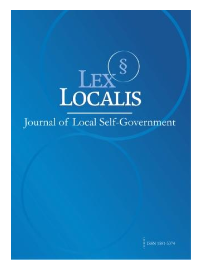SYMBOLISM AND ICONOGRAPHY OF THE VICEROYAL MURAL PAINTING IN LIMA, 16TH AND 18TH CENTURIES
DOI:
https://doi.org/10.52152/801482Ključne besede:
Viceroyalty mural painting, Religious iconography, Limeño Baroque, Cultural syncretism, Visual evangelization.Povzetek
This study analyzes the symbolism and iconography of colonial mural painting in Lima between the 16th and 18th centuries, aiming to understand how these images functioned as visual tools for evangelization, theological pedagogy, and cultural affirmation. Using a qualitative methodology with an iconographic and iconological approach, selected murals in representative Lima temples were examined, employing classical theological sources and emblematic repertoires to interpret their meanings. The results reveal a complex symbolic architecture where Trinitarian doctrine, Baroque spirituality, and colonial power dynamics converge, highlighting the catechetical function and the ability of mural art to synthesize doctrinal, emotional, and cultural elements. European influences adapted to the local context are identified, along with syncretic elements that reflect the participation of Indigenous, Creole, and Afro-descendant communities in the visual configuration of faith. The conclusions assert that colonial mural painting in Lima was not merely an artistic reproduction but a means of symbolic articulation of the religious and social order, and that its study requires an interdisciplinary approach that recognizes its value as a visual testimony of colonial thought and as a fundamental part of Peruvian cultural heritage.
Prenosi
Objavljeno
Številka
Rubrika
Licenca
Avtorske pravice (c) 2025 Lex localis - Journal of Local Self-Government

To delo je licencirano pod Creative Commons Priznanje avtorstva-Nekomercialno-Brez predelav 4.0 mednarodno licenco.








